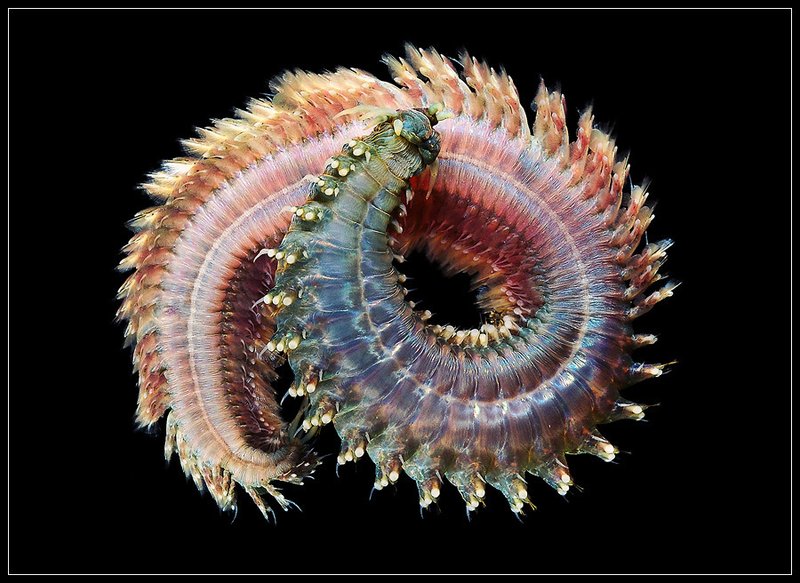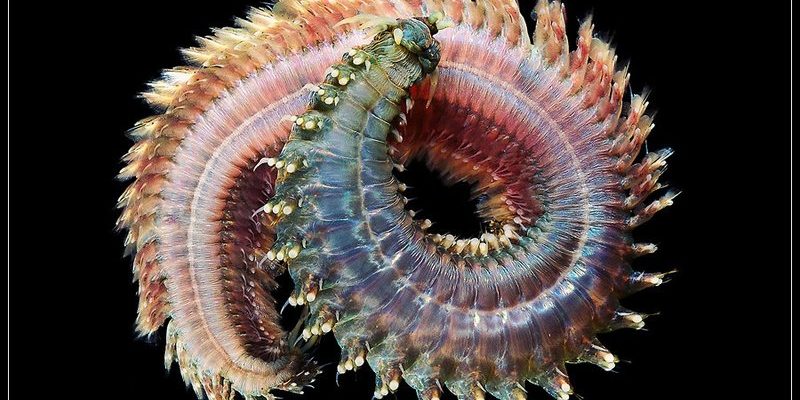
Understanding the habitat preferences of *Nereis virens* is like peeking into the world of a creature that plays a vital role in the ecosystem. Knowing what it needs to thrive can help us appreciate these creatures even more. So, let’s dive into the muddy waters and explore where these worms love to live, and why their habitats are crucial not just for them but for the environment around them.
What is Nereis Virens?
*Nereis virens* is an annelid worm, belonging to the family Nereididae. These worms typically live in marine environments, which can include everything from sandy beaches to muddy estuaries. They are known for their segmented bodies, which can grow up to about 10–15 centimeters long. With their bristle-like structures called setae, they make quite a unique sight as they wiggle through the sediment.
These worms are more than just interesting to look at; they play an essential role in the ecosystem. They are scavengers and feed on organic material, which helps decompose waste and recycle nutrients back into the environment. You might say they’re like nature’s little composters, ensuring that the cycle of life continues in their habitats.
But why do they prefer certain areas over others? That’s where their habitat preferences come into play.
Preferred Habitat: Sandy and Muddy Substrates
One of the main habitat preferences of *Nereis virens* is sandy and muddy substrates. These textures provide not only shelter but also a plentiful food source. Think of it this way: if you were to dig into the sand at the beach, you’d likely find all sorts of organic materials and detritus. This is a buffet for our ragworm friends!
In softer substrates, these worms can burrow easily, which offers them protection from predators. They also thrive in areas with a rich availability of food, such as decaying plant materials and other organic matter. As they munch through the sand, they aid in aerating the soil, allowing water and nutrients to penetrate better, benefiting the surrounding environment.
Temperature and Salinity Preferences
Temperature and salinity are crucial factors in determining where *Nereis virens* can be found. Generally, these worms prefer cooler waters, thriving within a range of 5 to 20 degrees Celsius. Their adaptability allows them to survive in different environments, but extreme temperatures can be detrimental.
Similarly, salinity levels are essential. They prefer brackish water, where fresh and saltwater mix, commonly found in estuarine environments. Too much freshwater can be a problem, just like too much salt can be harmful. The balance is key, and that’s why you’ll often spot them in estuaries where the water conditions fluctuate naturally.
Feeding Habits and Their Influence on Habitat Choice
Let’s talk about food! The feeding habits of *Nereis virens* have a significant impact on where they choose to set up shop. These worms are omnivorous scavengers, which means they eat both plant and animal material. They play a vital role in breaking down organic matter, contributing to nutrient cycling in their habitats.
Because they feed on particles found in the sediment, they need access to areas with ample organic materials. Consequently, you’ll often find them in coastal regions where the currents bring in nutrients. This connection between their feeding habits and habitat choice highlights the importance of maintaining healthy coastal ecosystems.
Impact of Human Activity on Their Habitats
In recent years, human activities like pollution, coastal development, and climate change have started to disrupt the habitats of *Nereis virens*. When we introduce chemicals and waste into the marine environment, it can significantly affect the quality of the water and the substrates where these worms live.
For example, excessive sedimentation from construction can smother the sandy areas they prefer, while pollution can lead to an increase in harmful algal blooms, which deplete oxygen levels and can create dead zones where no life can survive. Protecting their habitats is crucial for maintaining the overall health of coastal ecosystems.
Conservation Considerations
Given the role of *Nereis virens* in their ecosystems, conservation efforts are vital. Protecting their habitats means more than just saving the ragworms; it’s about ensuring the entire ecosystem remains balanced. Efforts like establishing marine protected areas and restoring degraded habitats can help.
Additionally, raising awareness about the importance of preserving coastal habitats can foster community involvement. When people understand the role these worms play and how much a healthy marine environment matters, they’re more likely to take action.
Understanding the habitat preferences of *Nereis virens* gives us insight into the delicate balance of coastal ecosystems. These worms are more than just mud-dwelling creatures; they are critical players in maintaining the health of marine environments. By prioritizing their habitats and recognizing the impact of our actions, we can help ensure that they—and the ecosystems they support—thrive for generations to come.
So, the next time you walk along the beach and see a little wriggler in the sand, remember: it’s not just a worm; it’s a vital part of nature’s web. Keep an eye out for these unsung heroes and consider how we can all help protect their homes.

